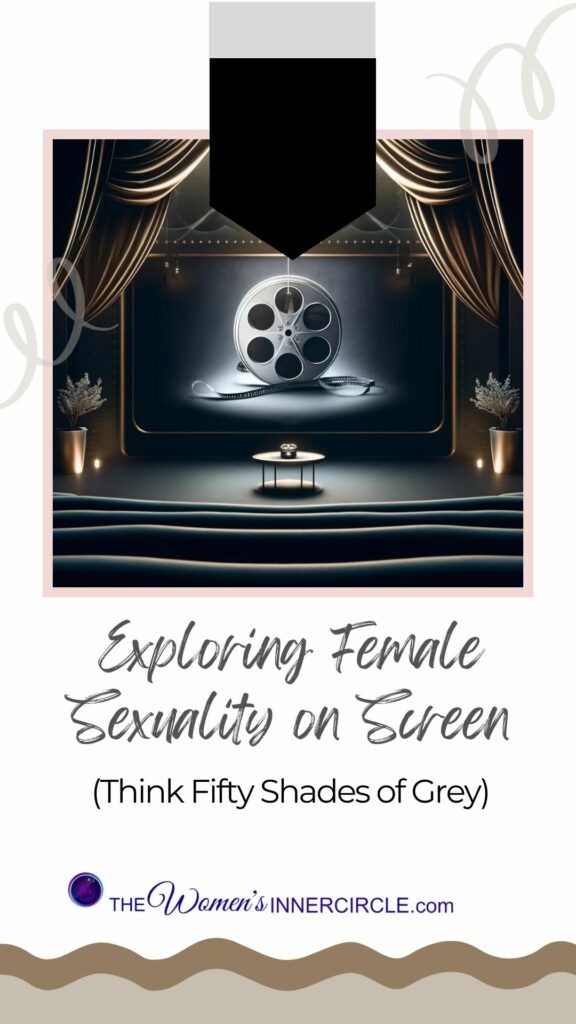Breaking Barriers: Exploring Female Sexuality on Screen
Chick flicks, like Fifty Shades of Grey, have played a significant role in shifting the conversation around female sexuality. Traditionally, women in movies were often portrayed as objects of male desire, with their own desires taking a backseat. However, chick flicks have challenged this notion by offering a more nuanced and diverse portrayal of female sexuality.
From Naive to Empowered:
Early chick flicks often depicted women as innocent and inexperienced in matters of sex. Think Bridget Jones’s bumbling attempts at navigating the dating scene in “Bridget Jones’s Diary” or the naivete of Carrie Bradshaw in “Sex and the City” during her early seasons. However, as the genre evolved, so too did the portrayal of female sexuality. Women became more confident and assertive in expressing their desires, as seen in Samantha Jones’s unapologetic approach to sex in “Sex and the City” or the exploration of female pleasure in “Book Club.” Here, it’s important to acknowledge the limitations of traditional portrayals that often equate orgasm solely with intercourse. Chick flicks like “Book Club” and the inclusion of vibrators in shows like “Grace and Frankie” highlight the significance of self-pleasure and female agency in achieving sexual satisfaction.
Beyond the Binary:
Chick flicks are also becoming more inclusive in their portrayal of female sexuality. Shows like “The L Word” and “Feel Good” explore same-sex relationships and desires, challenging the heteronormative lens often used in mainstream media. Additionally, films like “Bridesmaids” and “Rough Night” explore female friendships without necessarily focusing on romantic relationships, highlighting the importance of female intimacy and desire outside the context of men.
The Power of Choice:
A crucial element of chick flicks’ portrayal of female sexuality is the emphasis on female agency. These stories showcase women making choices about their bodies and desires, whether it’s choosing to pursue casual relationships, prioritize self-pleasure, or explore alternative sexualities. This focus on female agency resonates with audiences because it empowers women to see themselves reflected on screen as having control and ownership over their sexuality.
Impact and Challenges:
While chick flicks have made strides in portraying female sexuality in a more diverse and empowering way, there are still challenges. Some argue that certain films rely on stereotypical tropes of female desire, focusing on physical attractiveness and unrealistic expectations. Additionally, the genre can still struggle to represent the full spectrum of female sexual identities and experiences.
Moving Forward (from Fifty Shades of Grey and other media):
Despite these challenges, chick flicks continue to push boundaries and offer a platform for exploring female sexuality in a more nuanced and realistic way. By showcasing a wider range of female experiences and desires, including the importance of self-pleasure and female agency in achieving orgasm, chick flicks can continue to empower women and contribute to a more inclusive conversation about sex and sexuality.
In the next section, we’ll explore the portrayal of love and relationships in chick flicks, navigating the complexities of modern love in the context of these stories.
If you haven’t read the first article in the series you might enjoy checking it out here.

